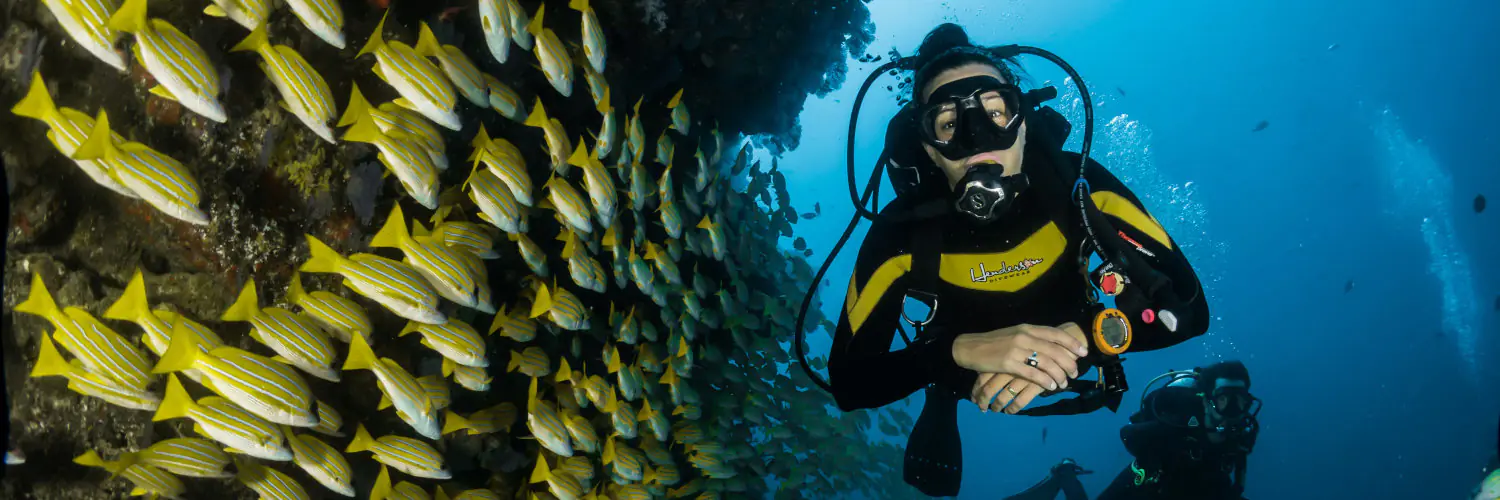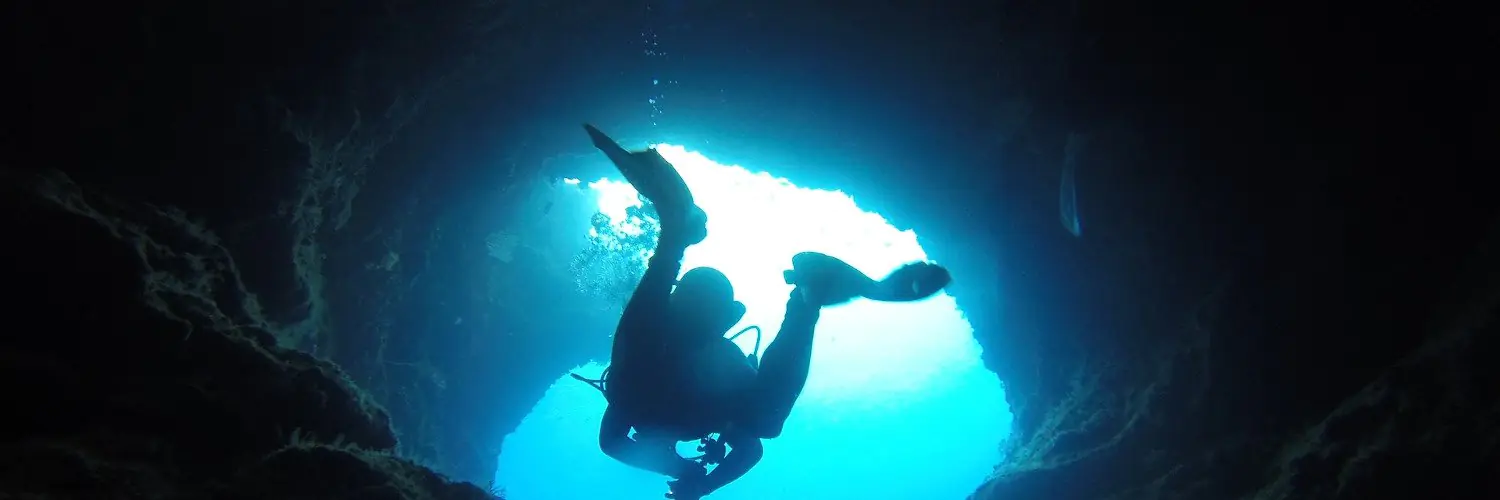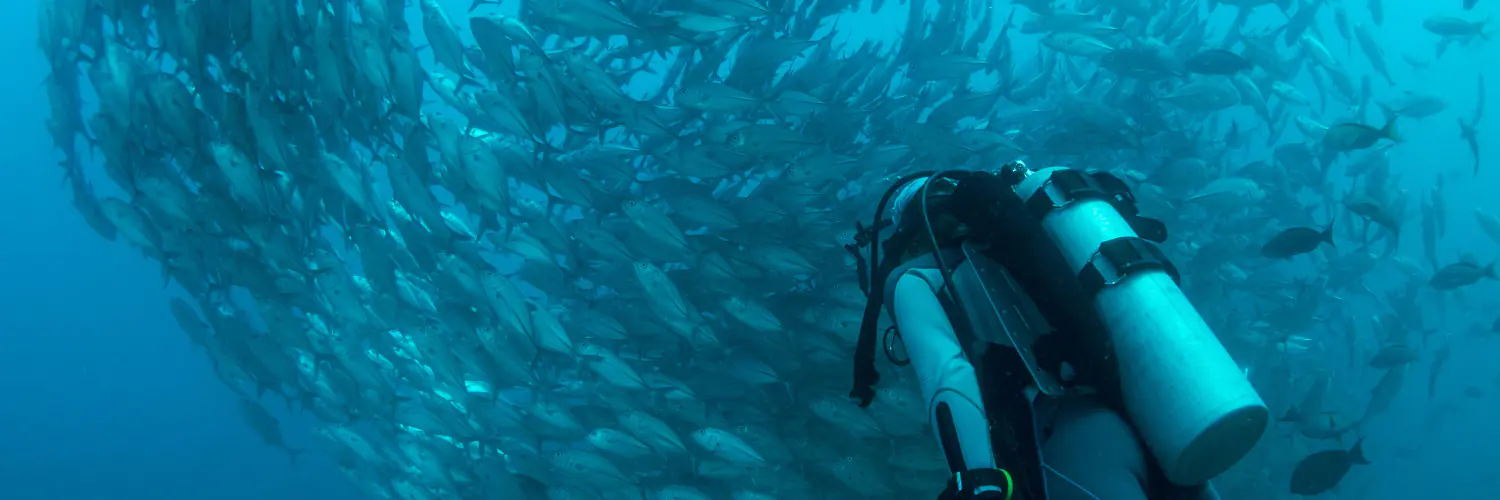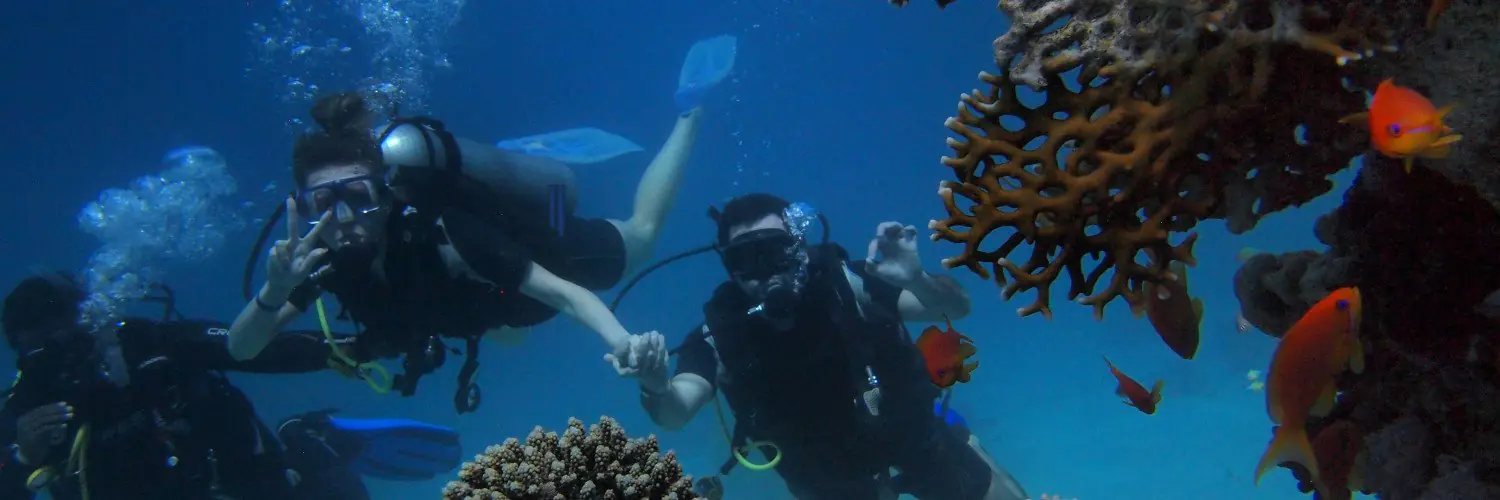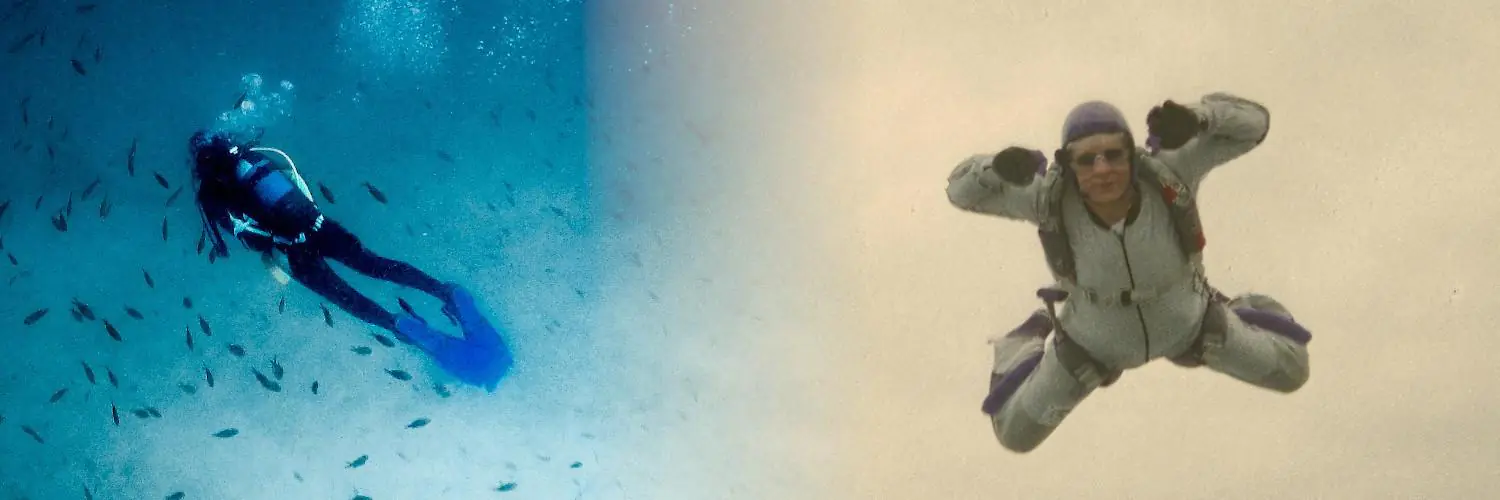Table of Contents
Scuba After Tattoo: Guidelines for Safe Diving Post-Ink
Engaging in scuba diving after getting a tattoo requires careful consideration to protect both the new ink and one’s health. A tattoo is essentially an open wound, and as it heals, it’s vulnerable to bacteria commonly found in natural bodies of water such as lakes, oceans, and even pools. The healing process is critical, as exposure to bacteria can lead to infections, which not only jeopardize the appearance of the tattoo but can also pose significant health risks.
Experts in the field of diving and tattoo aftercare advocate for a waiting period before returning to the water. While recommendations can vary, a common consensus suggests that a minimum of three weeks is prudent to ensure substantial tattoo healing. During this time, it’s important to follow proper aftercare procedures to maintain the integrity of the skin and the quality of the tattoo. They involve keeping the tattoo clean and moisturized while avoiding irritants such as saltwater, which can dry out and further irritate the delicate healing skin.
Taking these precautions seriously helps maintain the longevity and vibrancy of the tattoo and ensures a safer return to scuba diving activities. Divers should also consider additional protective measures, such as wearing a rash guard or applying sunscreen when it is safe to do so, to protect the tattoo from sun exposure and physical abrasion under water. Each individual’s healing process may vary, so it’s best for divers to consult with their tattoo artist and possibly a diving professional before making the plunge.
Understanding Tattoo Healing
When a person gets a tattoo, it’s a commitment not only to the design but also to the proper healing process. This section provides an overview of what happens during tattoo healing and the duration it typically takes for a tattoo to heal fully.
Healing Process
The tattoo healing process is a complex system involving several stages:
-
Inflammatory phase: The body recognizes the new tattoo as a wound and responds accordingly. Initial symptoms may include redness, swelling, and tenderness. Blood and plasma may ooze from the tattoo, helping to form a protective scab.
-
Proliferation phase: Scab formation is evident, wherein the body generates a temporary crust to protect the tattooed area. During this phase, it’s crucial to keep the tattoo clean to encourage optimal healing.
-
Maturation phase: The scabbing subsides, and a peeling process often takes place. The color underneath may appear lighter as the skin regenerates. It is essential to avoid picking at scabs to preserve the clarity and vibrancy of the tattoo.
Healing Time
- Healing duration varies by individual but can be generally outlined as follows:
- Initial healing: The first phase typically lasts about 2 to 4 days post-inking. Proper care during this period is critical to prevent infection and ensure scab formation.
- Intermediate healing: Over the next few weeks, the tattooed skin will gradually repair itself from the inside out, with the soreness diminishing and scabs flaking away naturally.
- Full healing: A tattoo is considered fully healed when no scabs are present and the skin’s surface appears smooth. This is typically around 4 to 6 weeks after tattoo application. However, the deeper layers of skin may continue to heal for a few months.
Maintaining a clean environment for the tattoo and following aftercare instructions can significantly influence the efficiency and effectiveness of the healing process.
Best Practices for Tattoo Aftercare
Proper tattoo aftercare is essential to promote healing, prevent infection, and ensure the longevity of a new tattoo. One must follow an aftercare regimen recommended by their artist and heed advice on protecting the tattoo and understanding when to seek medical attention.
Aftercare Guidance
Immediately after getting a tattoo: A person should follow the specific aftercare instructions provided by their tattoo artist, as these may vary slightly based on technique and materials used. However, some general practices include:
- First 48 hours: Keep the tattoo covered with a sterile bandage or wrap as advised by the artist.
- Cleaning: Wash the tattoo gently with clean hands, using a mild, unscented soap. Do not scrub the tattoo or use a cloth.
Protecting Your Tattoo
Preserving tattoo integrity:
- Lotion: Apply a thin layer of fragrance-free, alcohol-free lotion to keep the tattoo moist and promote healing.
- Sunscreen: Once healed, protect the tattoo from sun damage by applying a broad-spectrum sunscreen with an SPF of 30 or higher.
What to avoid:
- Water activities: Stay out of swimming pools, oceans, and baths for at least two weeks as they can expose the open wound to harmful bacteria and irritate the skin.
- Physical strain: Avoid strenuous activities that may stretch the skin and affect the tattoo’s appearance.
When to Consult a Medical Examiner
Attending to potential health concerns:
- Infection signs: If a person experiences persistent redness, swelling, or pus, these may be signs of an infection and medical advice should be sought.
- Allergic reactions: In case of hives or unusual discomfort, one should consult a healthcare provider as it could indicate an allergic reaction to the ink or aftercare products.
In summary, proper tattoo aftercare involves following the artist’s guidelines, gentle cleaning, moisturizing the tattoo, avoiding sun exposure and harsh environments, and monitoring for any signs of adverse reactions.
Potential Risks of Water Exposure
Exposing a fresh tattoo to water carries several risks, including infection, interference with the healing process, and negative reactions to saltwater and chlorine.
Infection Risks
When a person gets a new tattoo, the skin’s barrier is compromised, creating an entry point for pathogens. Submerging in water, particularly in natural bodies of water or public pools, increases the risk of exposure to harmful bacteria that can lead to infection. These bacteria or microorganisms can cause various health issues, ranging from mild irritation to severe infectious conditions.
- Ocean Water: High salt content does not ensure sterility; saltwater may contain numerous types of microorganisms.
- Swimming Pools: Chlorinated water can still harbor bacteria, as chlorine does not eliminate all pathogens.
Risks of Swimming with a New Tattoo
Swimming after receiving a tattoo can disrupt the healing process. The tattoo is essentially an open wound that needs time to heal, and during the initial weeks, it is crucial to limit any activity that might impede this.
- Fresh Ink: Introducing fresh ink to water can cause ink dispersion, which affects the tattoo’s aesthetic.
- Diagnosis: It’s harder to diagnose an early infection if water causes excess redness and swelling.
Effects of Chlorine and Saltwater on Fresh Ink
Both chlorine and saltwater can adversely affect a freshly inked tattoo. Chlorine, commonly used to disinfect swimming pools, can irritate the wound and potentially cause allergic reactions. Saltwater, on the other hand, can dry out the new tattoo and lead to premature fading.
- Saltwater: Dries out the skin, leading to irritation and possible detrimental effects on the tattoo’s appearance.
- Chlorine: May cause skin drying, itching, and delayed healing.
Guidelines for Scuba Diving After Tattooing
The decision to scuba dive after getting a tattoo involves considering healing times and the risks of exposing a new tattoo to aquatic environments. Divers should take precautions both for their health and the integrity of their new body art.
Dive Timing After Tattooing
Timing is critical when planning a dive after tattooing. Tattoos typically require 2 to 4 weeks to heal, and this can extend up to 6 weeks for larger designs. To prevent infection and ensure proper healing, it’s recommended to wait at least 3 weeks before immersing in any body of water, including oceans, lakes, and pools. Diving earlier than advised could jeopardize the healing process.
- Minimum wait: 3 weeks
- Average healing time: 2-4 weeks
- Extended healing time for larger tattoos: up to 6 weeks
Understanding the Risks of Diving with a New Tattoo
Diving with a new tattoo before it has properly healed can lead to infections caused by bacteria prevalent in both fresh and saltwater environments. An unhealed tattoo is essentially an open wound; thus, exposure should be minimized. Moreover, the pressure changes associated with diving might adversely affect the wound. Water contaminants and diving stressors increase the risk of delayed healing and potential damage to the tattoo.
- Infection: Due to bacteria in the water
- Pressure impact: On the healing process
- Delayed healing and damage: Increased risk when exposed to water
Wetsuit Considerations
When a diver’s tattoo has healed sufficiently to consider diving, a wetsuit acts as a protective barrier, but special care is still needed. Wearing a rash guard or t-shirt can provide extra protection, but ensure the tattoo is not subjected to tight or abrasive materials. Additionally, applying sunscreen on exposed tattoos before donning a wetsuit offers further protection against UV rays which can fade a tattoo.
- Protective barrier: Wetsuit or rash guard
- Gentle protection: Avoid tight and abrasive materials
- Sunscreen application: Protect against UV ray exposure
Additional Considerations
When considering scuba diving after getting a tattoo, it is important to understand additional factors that may impact the healing process and overall tattoo quality. These include sun exposure, preventative measures against fading and irritation, and necessary lifestyle adjustments.
Sun Exposure and Fresh Tattoos
Fresh tattoos are particularly vulnerable to the sun’s ultraviolet rays, which can cause significant fading and increase the risk of skin damage. It is imperative that individuals keep their new tattoos covered when in direct sunlight, especially during activities such as swimming in the ocean or spending time at the beach. Using a broad-spectrum sunscreen with a high SPF is also crucial to protect the skin once the tattoo has sufficiently healed.
Prevention of Tattoo Fading and Irritation
To minimize fading and irritation, the new tattoo should be kept clean and hydrated. After swimming, one should immediately rinse off any saltwater or chlorinated water, as these may dry out and irritate the skin. Gentle soap should be used for cleaning, and tattoo artists often recommend applying specific moisturizing lotions to enhance the healing process. Preventing infection, which can be caused by pathogens like HIV or hepatitis B, requires strict adherence to proper aftercare, including avoiding submersion in communal water bodies such as gyms or public pools.
Lifestyle Adjustments Post-Tattoo
Post-tattoo care often entails temporary lifestyle adjustments. This might involve taking short, cooler showers to avoid irritating the skin on the arms or other tattooed areas. One should also refrain from aggressive physical activities that can exacerbate sweating and friction around the tattoo. For those eager to return to the gym, it’s wise to allow enough time for the tattoo to begin the healing process before engaging in exercise that could potentially affect the tattooed area.

